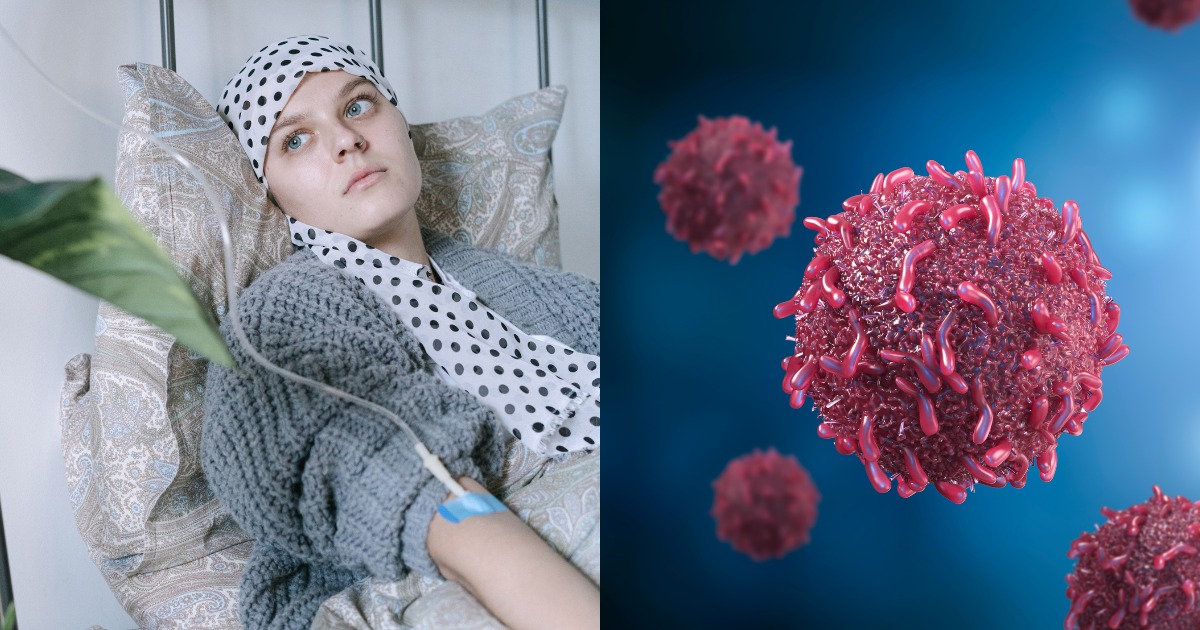Cancer death rates have dropped by 34% over the last 30 years, thanks to early detection, fewer tobacco users, and advancements in treatment. However, despite this progress, health experts are worried about several emerging causes that might threaten to reverse these gains.
According to the latest report from the American Cancer Society (ACS), some patterns are especially worrisome for younger individuals, marginalized communities, and those who are at risk for gastrointestinal and cervical cancers.
Here are the four biggest areas of concern.
1. Cancer Deaths Are Increasing Among Younger People
Cancer mortality rates have fallen overall, but the number of cancer diagnoses and deaths among young people is on the rise. According to the ACS, cancer rates among teens and adolescents have been climbing by 0.7% annually. In 2025, it’s estimated that 9,550 children under 14 and 5,140 adolescents aged 15 to 19 will be diagnosed with cancer, and that might result in 1,050 and 600 deaths, respectively.
“Young women with breast cancer are especially impacted,” said Dr. Paul Oberstein, a gastrointestinal medical oncologist at NYU Langone Perlmutter Cancer Center. “It’s shown in multiple cancers.”
Gastrointestinal cancers, including colon and pancreatic cancer, are also affecting those under 50. According to experts, poor diets, exposure to microplastics, and environmental triggers may be the primary factors.
2. Cervical Cancer Remains a Preventable Threat
Cervical cancer rates have dropped at a good rate since the 1970s, yet progress has stagnated. The ACS projects that 13,000 women will be diagnosed with cervical cancer in 2025, and 4,000 deaths are expected.
“Cervical cancer in women from 30 to 44 is increasing,” said Dr. Jessica Shepherd, a Dallas-based obstetrician-gynecologist. “But this is a cancer that has the potential to be eradicated because we understand HPV and its role in the disease.”
Despite the availability of HPV vaccines and screening options like Pap tests and HPV co-testing, many women are undiagnosed until it’s too late. Shepherd said that early detection can catch abnormal cells before they develop into cancer.
3. Healthcare Disparities Leave Many Vulnerable
Communities of color, particularly Black and Native American populations, face higher cancer death rates. The ACS found that cervical cancer rates are 50% to 70% higher in women of these communities compared to White women.
The five-year survival rate for Black women with cervical cancer is 58%, which is lower than the 67% survival rate for White women. Lack of access to regular screenings and quality healthcare is a major contributor to these differences.
“Something is here killing us.”
Deadly chemical pollution is plaguing this low-income Black community, where the cancer risk is the highest in all of the United States. via @ajplus #WorldCancerDay pic.twitter.com/h1lZfXmVgK
— The Crisis Magazine (@thecrisismag) February 4, 2019
“If we had more access to early detection, we could address abnormalities before they develop into cancer,” Shepherd noted.
4. GI Cancers Are Becoming More Common
Gastrointestinal cancers, including pancreatic, liver, colorectal, and stomach cancers, are among the deadliest. As a matter of worry, their incidence rates are rising in people aged 50 to 64.
From 2012 to 2021, colorectal cancer cases in adults under 50 increased by 2.4% annually, while pancreatic cancer incidence and mortality rates rose by 1% each year. The ACS expects over 67,000 new pancreatic cancer cases and nearly 52,000 deaths in 2025.
Colorectal cancer rates are rising among adults under 45, challenging previous age assumptions. UNC Lineberger’s Ashwin Somasundaram, MD, discusses potential factors and emphasizes earlier screening and awareness. #ColorectalCancerAwarenessMonth https://t.co/WJENR3S3Ce pic.twitter.com/Y6AE3qegv1
— UNC Lineberger (@UNC_Lineberger) March 26, 2025
Experts warn that GI cancers are often detected at late stages, so early screening becomes critical.
Progress in cancer treatment has saved countless lives. Staying aware and proactive is the key. Early screenings, vaccinations, and equitable healthcare access are important to addressing these concerning causes.













